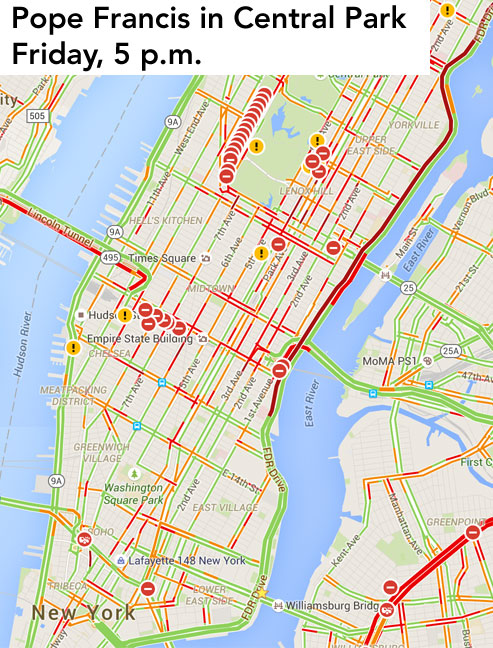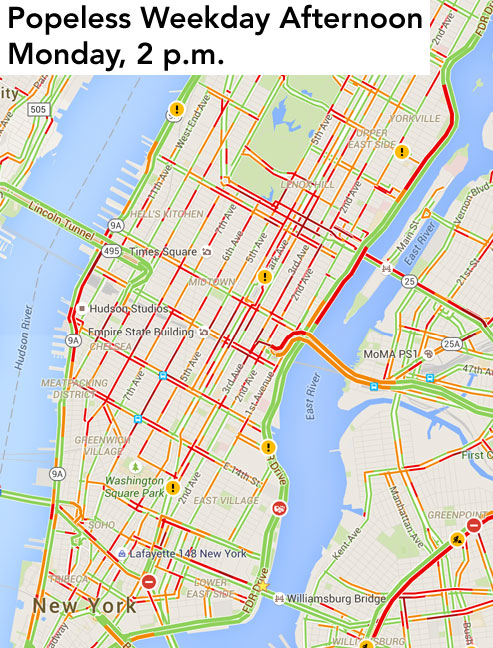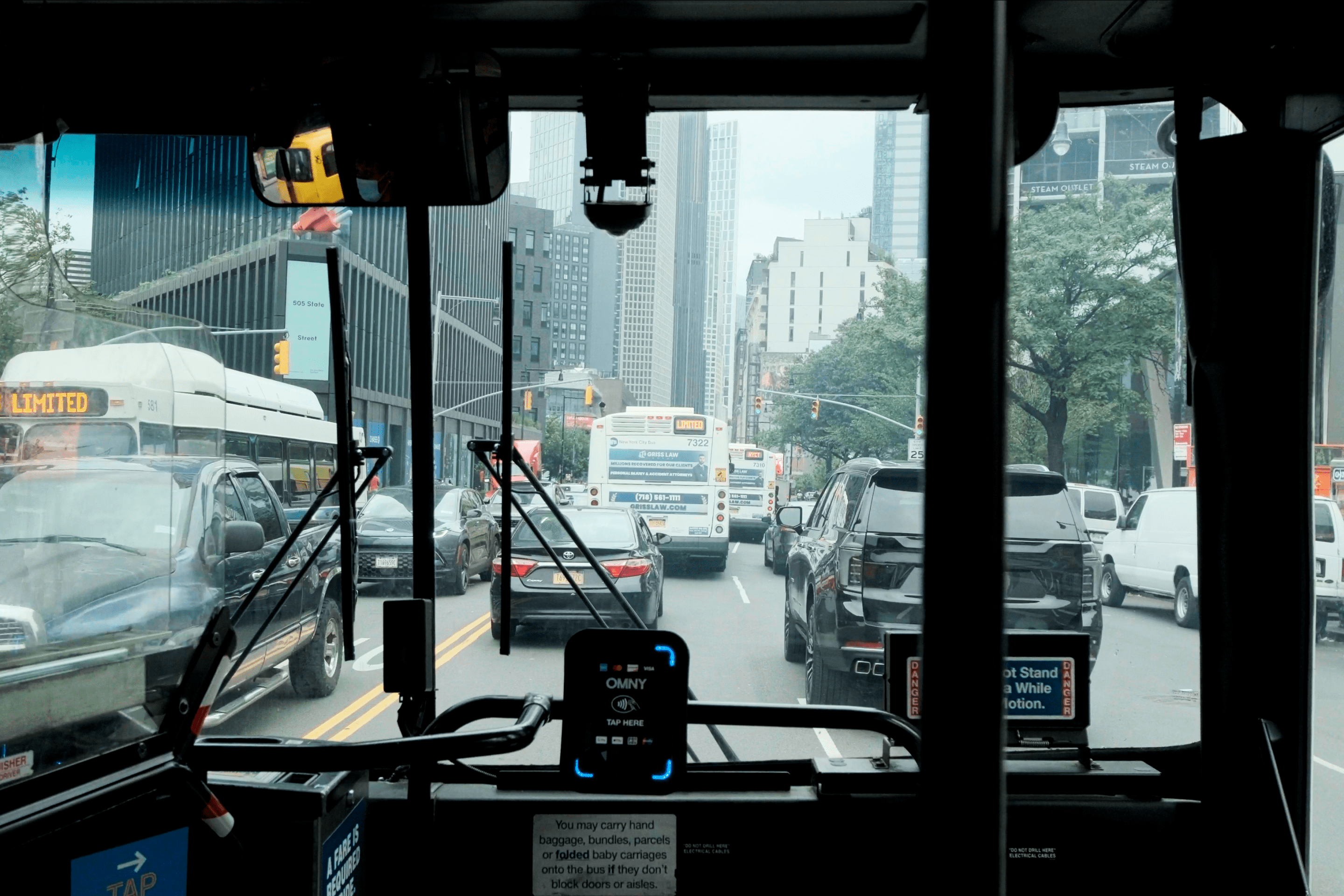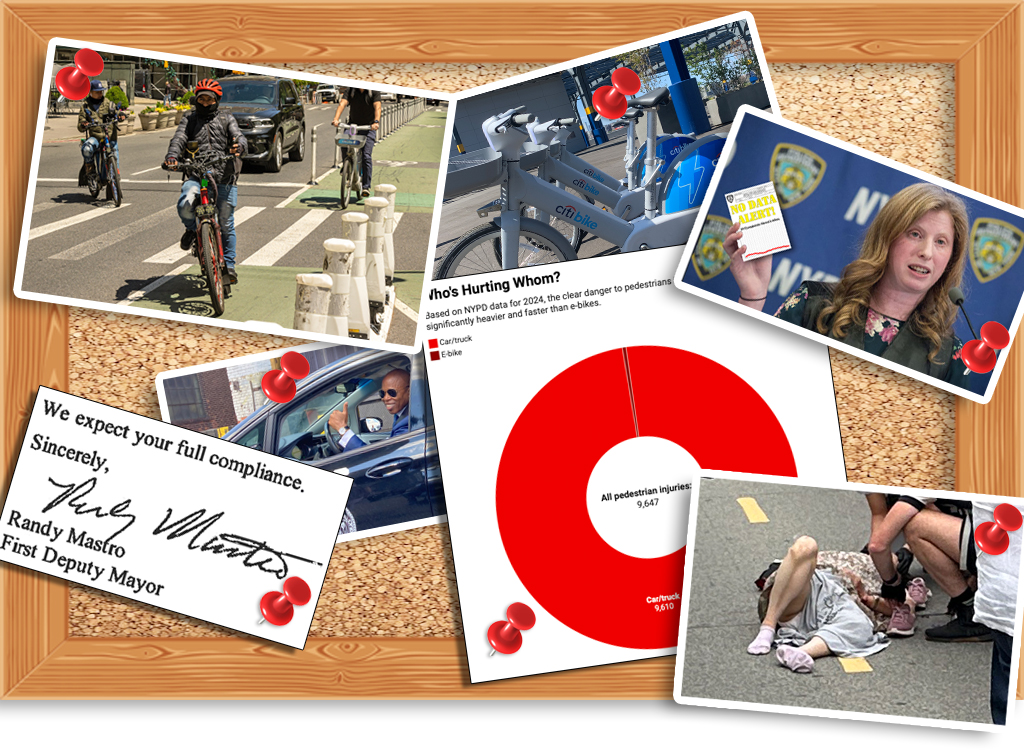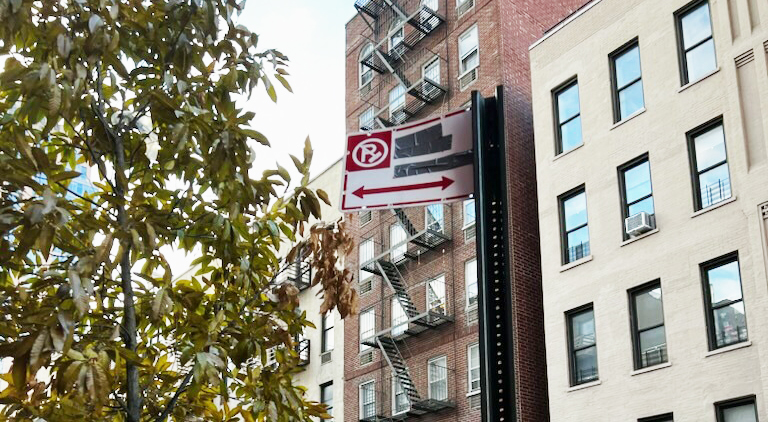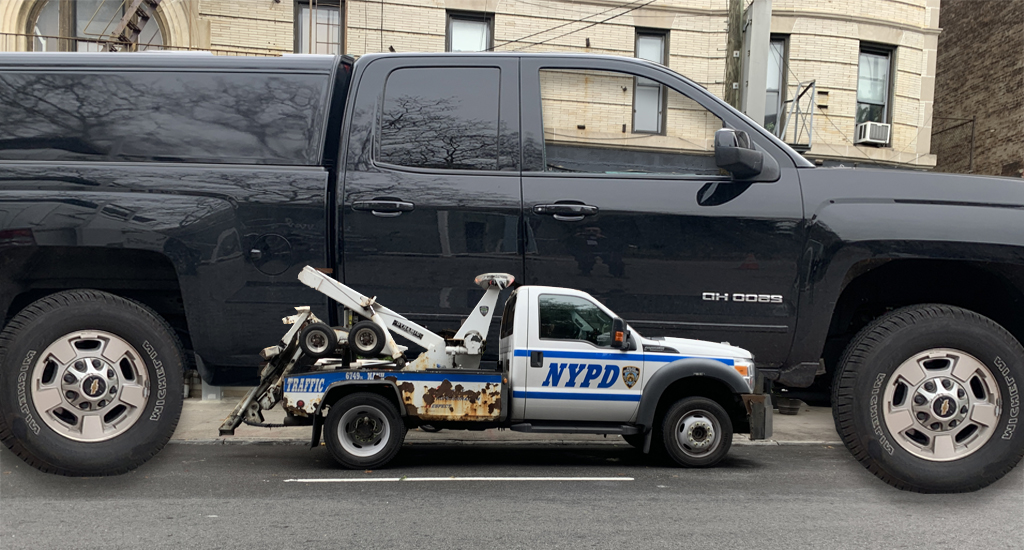Add Pope Francis's tour of New York to the long list of carmageddon scares that successfully frightened off would-be motorists. I grabbed these two shots of traffic from Google Maps, and despite all the alarming car detour icons, you can see that traffic was lighter during peak Francis than it normally is on a New York City weekday.
While the pope's motorcade was wending through a crowd of 80,000 people in Central Park Friday afternoon, typical pre-weekend traffic bottlenecks were eerily quiet. The approach to the Holland Tunnel, usually a non-stop symphonic blast of car horns at that time of day, looked like this:
The #PopeinNYC traffic effect: people, this is the entrance to the Holland Tunnel. ON FRIDAY RUSH. cc: @WNYC pic.twitter.com/hSbOC0hFit
— Kate Hinds (@katehinds) September 25, 2015
Meanwhile, if you were on the Upper West Side that afternoon, you could walk anywhere in the road on your way to see the pontiff, or learn to ride a bike on 72nd Street. There was a de facto bikeway down the middle of 57th Street for much of the pope's visit, space cleared away for emergency access that people on two wheels gravitated to immediately, happy not to mix it up with 30-foot long flat-bed trailers.
A large number of people probably put off car trips to avoid the pope crowds. Did they take transit instead? Figures from the MTA's commuter railroads are mixed -- fewer people than normal took the train during morning commute hours, according to the agency, while passenger counts were higher than normal during the middle of the day. (Numbers for subways and buses are not yet available.)
Regardless, the streets didn't jam up any more than they normally do, by and large, despite several large disruptions of the grid and the huge turnout for Francis. His visit was a testament to the flexibility of NYC's transportation network.
This is a good occasion to revisit Bruce Schaller's 2006 report, "Necessity or Choice" [PDF], which remains an extremely valuable source of information about Manhattan car commuters. According to Schaller, 90 percent of people who drive to work in the Manhattan Central Business District live in areas where transit would be a viable option for that commute. In addition, a large chunk of the car traffic in Manhattan is simply passing through, with no actual destination in the most congested part of town.
The flexibility we can observe when the pope swings by is there all along. We just don't see it, thanks to the force of habit and the skewed incentives created by free roads and parking. New York could have bigger pedestrian zones and safe bikeways all the time, not just when a global megastar like Francis comes to town.
